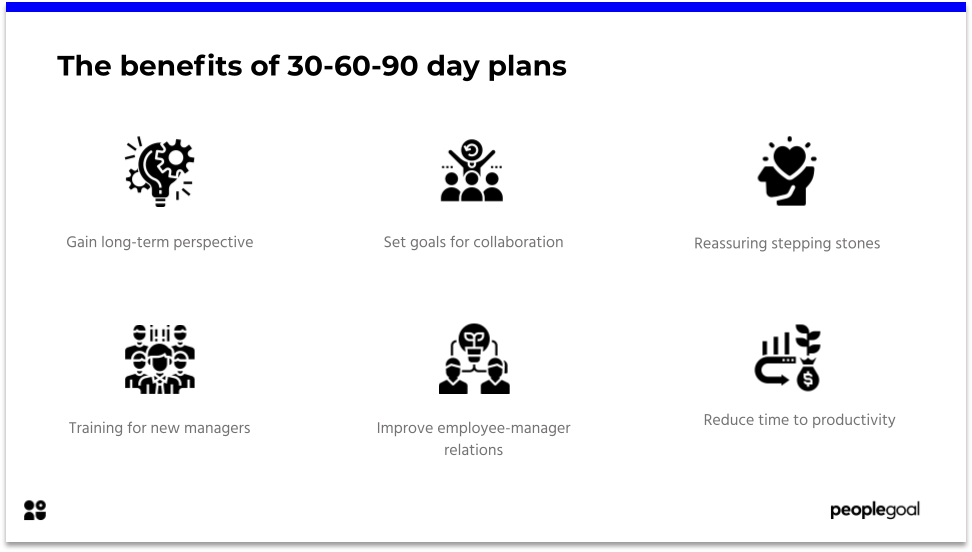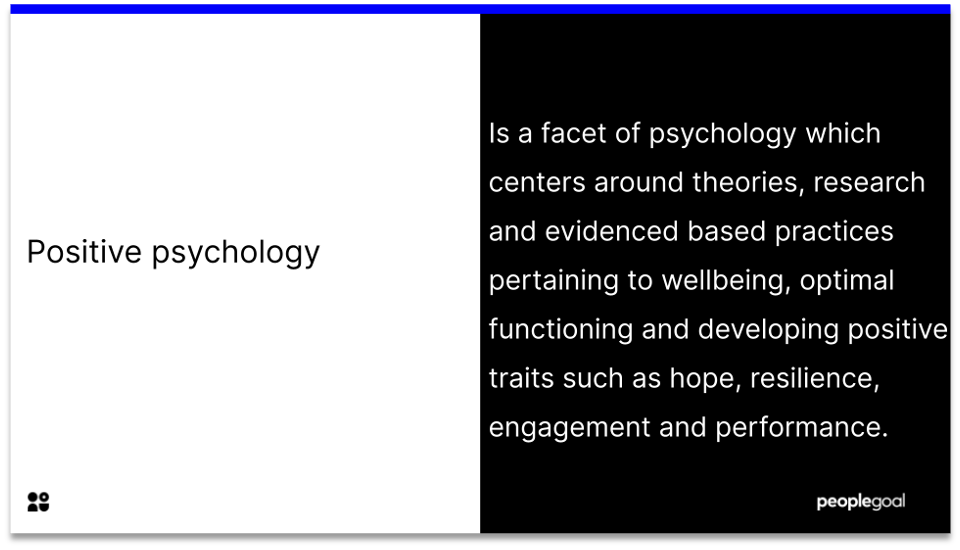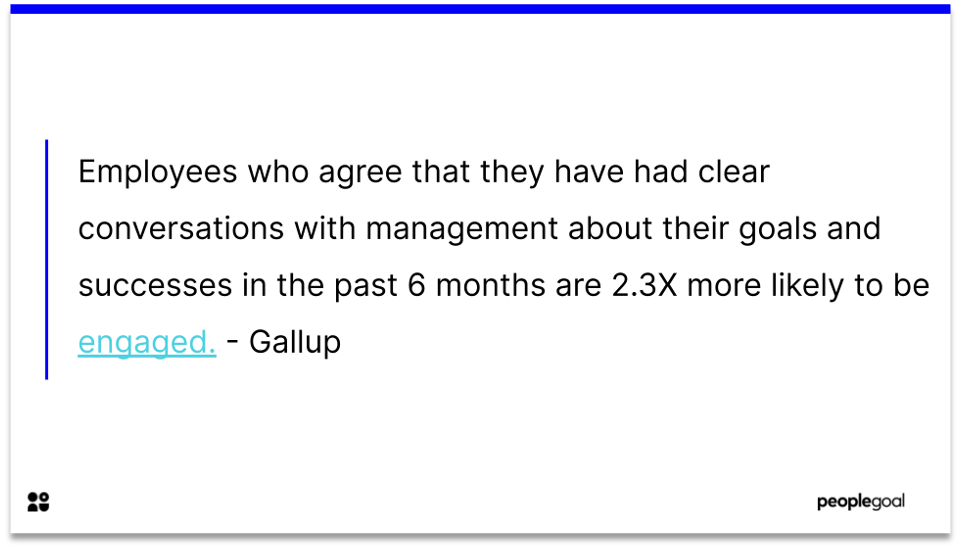Discussions around the experience of working for a company are inevitable and can shape their long-term success. After all, if an ex-employee has had a terrible experience of working for a company they will not be a promoter. In fact, they will likely become a detractor.
Establishing a reputation as a great place to work with a positive company culture can make all the difference when looking to attract top talent. Consequently, improving the employee experience has clear benefits for business leaders.
In addition, research shows that companies that promote high levels of employee satisfaction are far more productive and as a result, more profitable. These reasons, among others, demonstrate the competitive advantage of promoting a great employee experience.
In this article, we will explore the significance of promoting a great employee experience and how you can look to achieve this in your own organization. Throughout, we will also demonstrate just how important human resources departments are to generating better results through performance management and employee engagement initiatives.
What is the employee experience?
To summarize what the employee experience is we must consider every moment of interaction that an individual has with your organization. From first learning of a job opening to their final day at the company, each and every emotion and sensation they feel through involvement with the company contributes to the employee experience.
The only way to truly understand and manage the employee experience is to learn by engaging with employees. Listen to your people and they will help you to identify what they value the most in their day-to-day activities. Employee feedback will make it clear just how employees feel about the company culture and wider business goals.
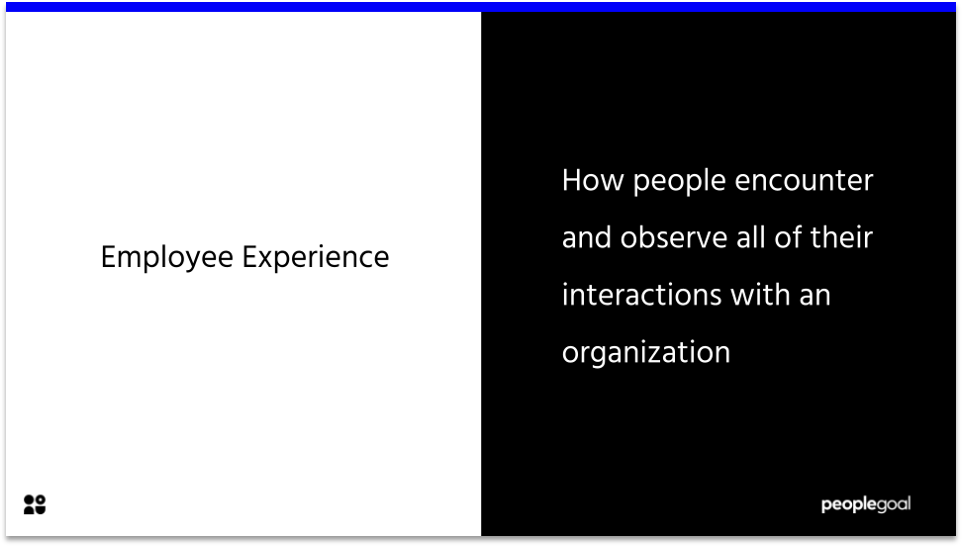
Engagement Surveys and Employee Satisfaction
Whether you run weekly pulse surveys or less frequent engagement surveys, it is important to reflect on this employee feedback and use it to inform your approach to improving employee satisfaction.
Just as companies value feedback to measure customer satisfaction, it is important to treat employee feedback in the same way. When there is a clear demonstration that business leaders are listening and engaging with how employees feel, it promotes a more inclusive and supporting work environment.
Improving the employee experience is primarily the initiative of an HR team. These HR professionals can work with the results from engagement surveys to act on how employees feel. Adapting a strategy to continually increase employee satisfaction will have positive long-term effects. The importance of employee satisfaction is reflected in a study by IBM, that found only 21% of employees would leave a company with great employee experience whilst, nearly half intended to leave companies with a poor employee experience.
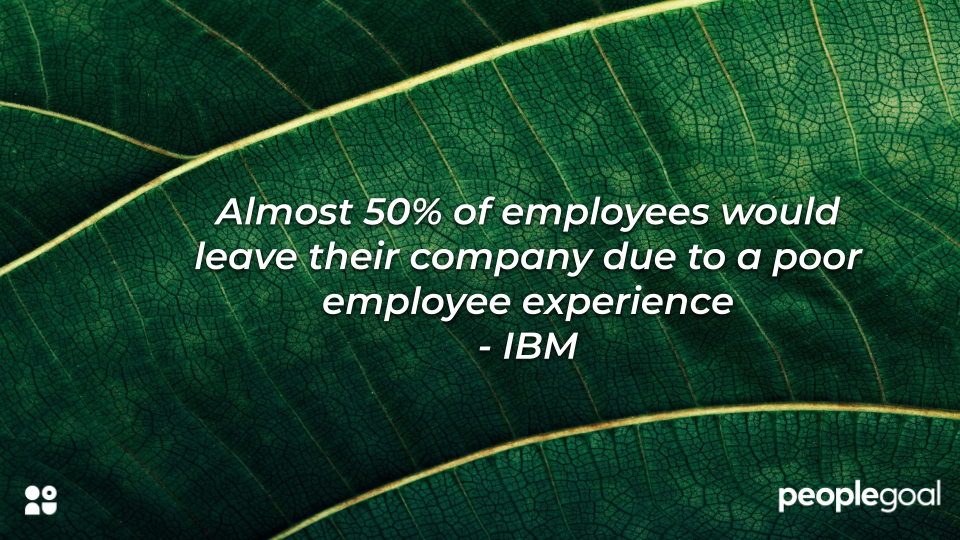
Why is employee experience important?
From a performance management perspective, there is a lot to be said for establishing an employee experience that engages staff. In a 2016 report by Gallup, it was confirmed that as many as 87% of employees globally are disengaged, yet companies with highly engaged workforces perform 147% better than their peers in earnings per share.
The numbers don’t lie. Evidently, there are significant benefits to promoting a great employee experience in your company. Business leaders are far more likely to fufill their long-term business goals when they are supported by a team of highly engaged employees.
The key to better engagement is better employee satisfaction. As research shows, it is crucial that HR teams can establish a company culture that contributes to a positive work environment.
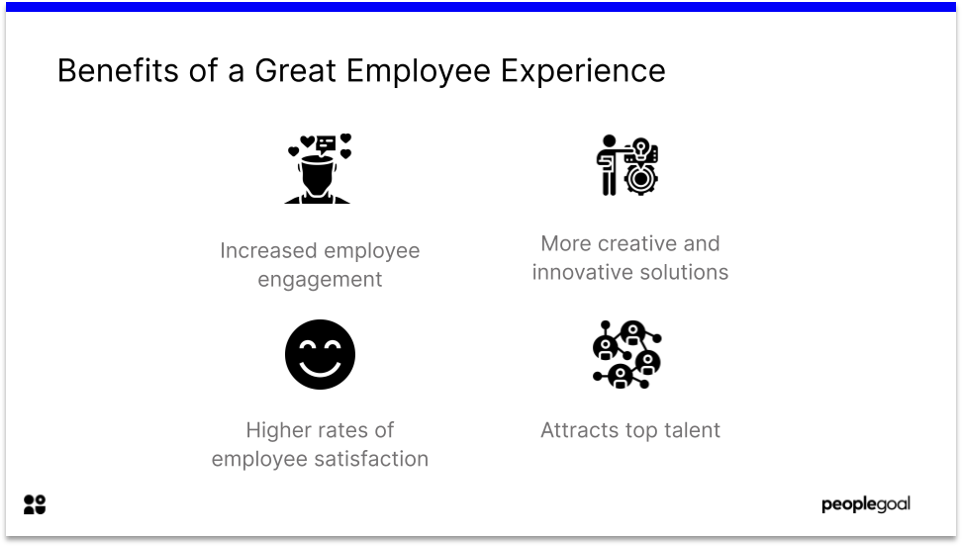
By prioritizing the employee experience, there is a mutual benefit. Employees feel valued and that their needs are recognized which in turn means that they will be committed to performing better. Since higher levels of performance result in a more productive workforce, it is crystal clear just how valuable it is to promote a great employee experience.
Benefits of providing a great employee experience
- Better levels of engagement
- More productive workforce
- Higher rates of employee retention
- Greater revenue and more profits
- Better customer experience
- More creative and innovative solutions
How to ensure a good employee experience
The recipe for successfully promoting a better employee experience echoes that of the approach for improving customer experience. One approach is to apply a needs-based strategy to employee experience just as is done when trying to generate higher rates of customer satisfaction. Defining how employees feel in their current work environment along with their drives and desires will present highly valuable insights.
Understanding how the business goals and an employee’s personal goals align will present an obvious route to maintaining a positive and well-received company culture. In some cases, these values will not be so well-aligned. Nevertheless, through the use of pulse surveys, human resources will be able to measure and track how current company practices are experienced.
Keeping a finger on the pulse of the overall employee satisfaction will present immediate positives and negatives for the employee experience. Gathering employee feedback will enable HR teams to establish a full understanding of how the company is perceived.
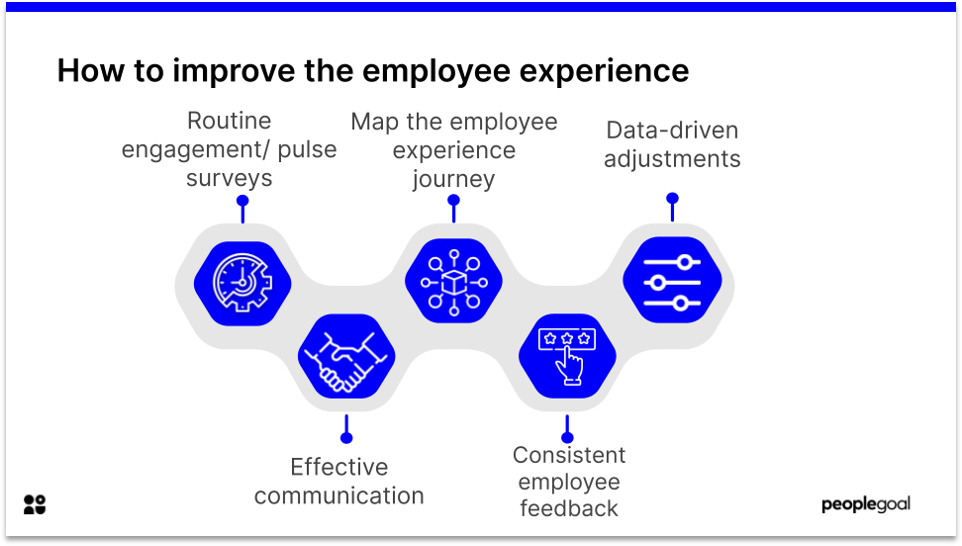
When human resources has a strong grasp of how employees are experiencing the company, it presents them with a great opportunity to amend any problems.
A company that can routinely identify and respond to employee feedback will become well known for its supportive company culture. This gives them a significant competitive advantage when attracting top talent as the company will be recognized as a truly great place to work, where employees are listened to and respected.
Employee Experience Journey Mapping
Understanding how the employee has experienced the company from start to finish will present an assortment of information. It is up to human resources to track and analyze how this employee has engaged with the company.
All stages of interaction should be measured. From the recruitment process) to any learning and development opportunities along with each performance appraisal until their departure from the company.
Business leaders that intend on improving the employee experience must develop a comprehensive understanding of how their employees feel at each stage in the process.
With a clearly mapped out employee experience journey, human resources can precisely track and improve specific aspects of the work environment. From enhancing employee engagement in day-to-day activities all the way to establishing positive long-term business goals that will present the company culture as an exciting place to be a part of.
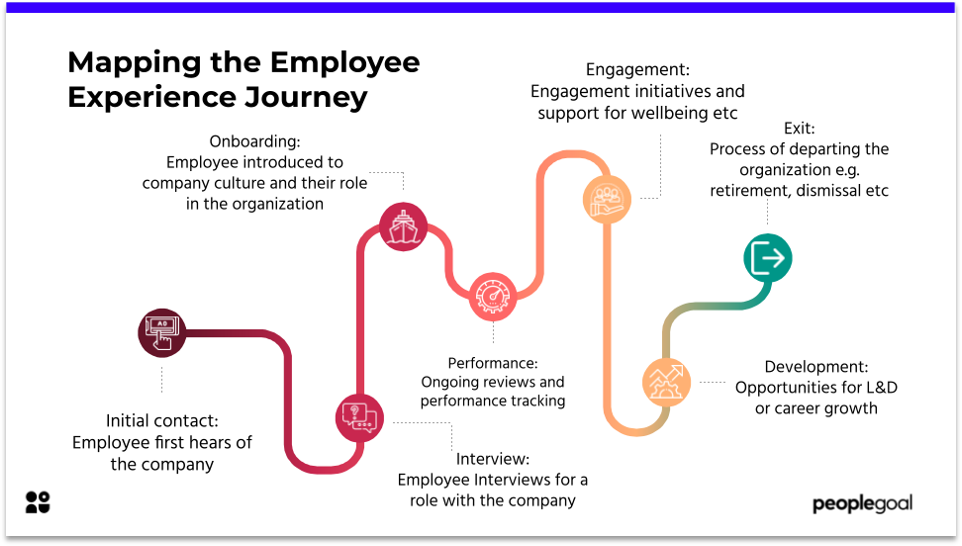
Reflecting on what has been covered in this blog, there is a lot to be said for the power of gathering employee feedback. It is only when we listen that we can truly understand.
As was once stated by Diogenes:
We have two ears and one tongue so that we would listen more and talk less
Performance management is as much a process of learning and recognizing the needs of the workforce, as it is acting to drive better engagement and productivity. Establishing a company culture that is committed to gathering an honest reflection of how employees feel at each stage of their employee experience journey will generate the best long-term results for profitability.
Ready to 3x Your Teams' Performance?
Use the best performance management software to align goals, track progress, and boost employee engagement.



